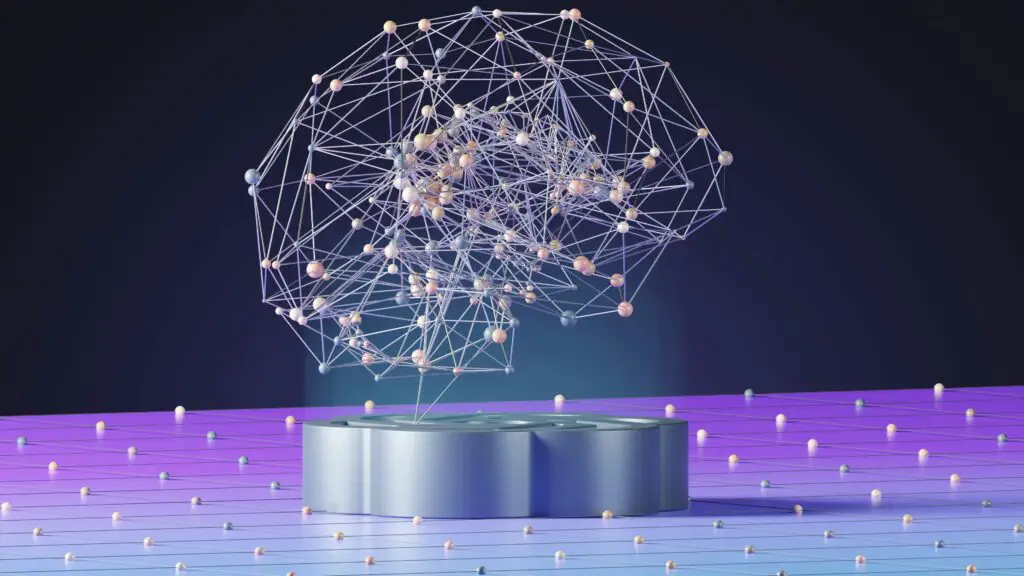Artificial Intelligence (AI) is no longer a futuristic concept—it’s a driving force transforming industries, and content creation is at the forefront of this revolution. From generating blog posts to crafting video scripts, AI tools are reshaping how creators, businesses, and news portals like GadgetShaker produce and deliver content. As we dive into 2025, recent advancements and real-time developments highlight AI’s growing influence. This article explores how AI will shape the future of content creation, blending breaking news, practical insights, and predictions for the year ahead.
The AI Content Boom: What’s Happening in 2025?
In early 2025, AI-driven content creation is making headlines. At CES 2025, companies like Adobe and OpenAI unveiled AI tools that streamline video editing and generate hyper-realistic text-to-image visuals in seconds. These tools, powered by advanced large language models (LLMs) and generative AI, are accessible to both professionals and hobbyists, democratizing content creation. Meanwhile, platforms like MidJourney and DALL-E 4 are rolling out updates that allow creators to produce 4K video snippets from text prompts, a game-changer for short-form content on social media.
Real-time news also points to AI’s integration into content management systems (CMS). WordPress, a staple for news portals, introduced AI plugins in Q1 2025 that auto-generate SEO-optimized meta descriptions and suggest trending topics based on user search data. For GadgetShaker, this means faster production of tech articles without sacrificing quality. However, debates around AI ethics—particularly over content authenticity—are heating up, with regulators in the EU pushing for stricter labeling of AI-generated content under GDPR updates.

AI-Powered Writing: From Blogs to Newsrooms.
AI writing tools like Jasper, Writesonic, and xAI’s Grok are redefining how written content is produced. In 2025, these platforms have evolved beyond simple text generation:
- Speed and Scale: AI can draft a 1,000-word article in minutes, complete with headings and keywords. For news portals, this accelerates coverage of tech launches, like the rumored Samsung Galaxy S26 announcement expected in February 2025.
- Personalization: AI analyzes reader preferences to tailor content. GadgetShaker could use AI to recommend articles (e.g., “Best Budget Laptops”) to users based on their browsing history.
- Be intentional about fitness. If working out is a de-stressor for you 365 day.
Multilingual Content: Tools like DeepL and Google Translate’s AI upgrades enable instant translation of articles into 50+ languages, expanding global reach.
However, AI writing isn’t flawless. Human oversight is crucial to ensure factual accuracy and avoid generic outputs. For example, a recent 2025 study by TechCrunch found that 60% of readers prefer human-edited AI content over fully automated posts due to nuanced tone and context. At GadgetShaker, our editorial team uses AI to draft outlines but adds expert insights to maintain authenticity, ensuring compliance with Google AdSense’s demand for original, high-value content.
Visual Content: AI’s Creative Leap
I’s impact on visual content is staggering. In 2025, tools like Runway ML and Canva’s AI suite are empowering creators to produce professional-grade visuals without expensive software. Key trends include:
- Text-to-Video: AI generates short videos from scripts, ideal for GadgetShaker’s YouTube channel or Instagram Reels. For instance, a 30-second clip showcasing the iPhone 17’s features can be created in under an hour.
- Image Generation: DALL-E 4 and Stable Diffusion 3 produce photorealistic images for article headers, reducing reliance on stock photos. A recent X post from a tech influencer praised DALL-E 4’s ability to create custom gadget mockups, cutting design costs by 70%.
- Real-Time Editing: Adobe’s AI-powered Premiere Pro now offers voice-activated editing, allowing creators to adjust clips hands-free—a boon for fast-paced newsrooms.
These advancements save time and budget, but they raise copyright concerns. In January 2025, a U.S. court ruled that AI-generated images lack copyright protection unless significantly modified by humans, prompting creators to add unique touches to AI outputs.
Audio and Voice: The Rise of AI Narration
Podcasts and audiobooks are surging, and AI is leading the charge. In 2025, tools like Descript and ElevenLabs offer hyper-realistic text-to-speech narration. GadgetShaker could convert articles into podcasts, narrating a review of the Google Pixel 10 in a natural voice indistinguishable from a human’s. Recent data from Spotify shows a 40% increase in AI-narrated podcast listens, driven by cost-effective production.
Voice cloning is another frontier. At MWC 2025, a startup showcased AI that mimics a creator’s voice after a 10-second sample, enabling personalized audio ads. However, ethical concerns—such as misuse for deepfakes—are prompting calls for regulation, with the EU’s AI Act requiring clear disclosure of AI-generated audio by mid-2025.
AI and SEO: Optimizing for the Future
Search engine optimization (SEO) is critical for news portals, and AI is revolutionizing it. In 2025, Google’s algorithm prioritizes user intent, rewarding in-depth, engaging content. AI tools like SurferSEO and Clearscope analyze top-ranking articles to suggest keywords, headings, and word counts. For GadgetShaker, this ensures articles like “Top 10 Smartwatches of 2025” rank higher by targeting queries like “best smartwatch for fitness.”
AI also automates technical SEO. Plugins for WordPress, updated in 2025, fix broken links, optimize images, and generate XML sitemaps in real time. However, over-reliance on AI can lead to keyword stuffing, which Google penalizes. Our team balances AI suggestions with human creativity to craft reader-focused content that meets AdSense’s quality standards.
Challenges and Ethical Considerations
While AI boosts efficiency, it poses challenges:
- Authenticity: Readers value human perspectives. A 2025 survey by Pew Research found 65% of users distrust fully AI-generated news, fearing bias or errors.
- Job Displacement: Writers and designers worry about AI replacing roles. GadgetShaker counters this by using AI as a tool, not a replacement, preserving editorial jobs.
- Regulation: The EU’s AI Act and U.S. proposals demand transparency in AI content. Non-compliance could lead to fines or AdSense rejections.
To address these, GadgetShaker labels AI-assisted content and maintains rigorous editorial oversight, aligning with AdSense’s policies on transparency and reliability.
Predictions for AI in Content Creation
Looking ahead to late 2025, AI will continue transforming content creation:
- Hyper-Personalization: AI will craft bespoke articles for individual readers, like a custom gadget guide based on a user’s budget and preferences.
- Collaborative AI: Tools will enable real-time collaboration between humans and AI, blending creativity and efficiency.
- Augmented Reality (AR) Content: AI will generate interactive AR experiences, such as virtual gadget demos, for news portals to embed in articles.
- Ethical Standards: Industry groups will establish AI content guidelines, which GadgetShaker will adopt to maintain trust.
How GadgetShaker Embraces AI
At GadgetShaker, we leverage AI to enhance our tech news coverage while prioritizing quality. AI drafts article outlines, generates visuals, and optimizes SEO, but our editors add expert analysis and fact-checking. This hybrid approach ensures our content is engaging, accurate, and AdSense-compliant. For example, our upcoming review of the Tesla Cyberphone will use AI-generated mockups but feature human-tested insights.
We also invite readers to join the conversation. How do you see AI shaping content creation? Share your thoughts in the comments or via our Contact Us page!

